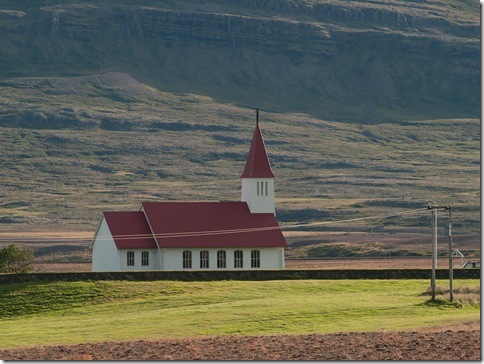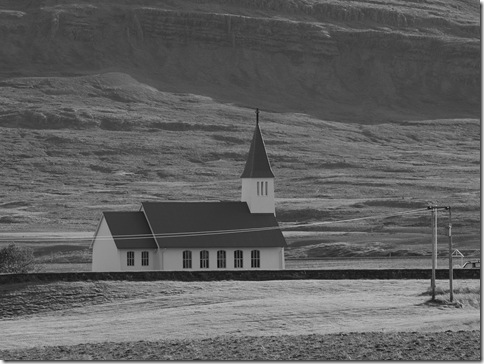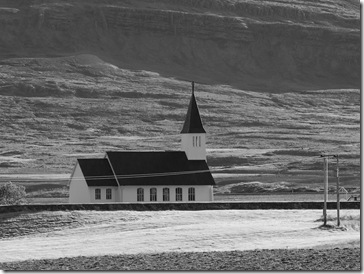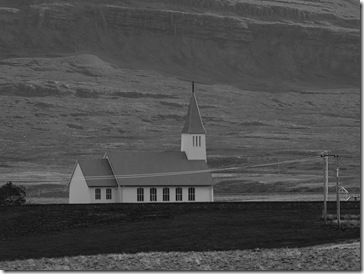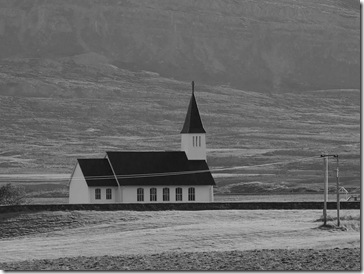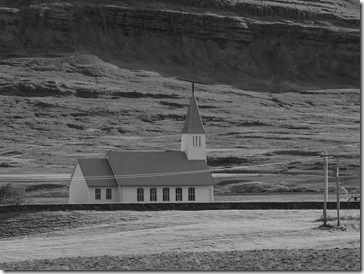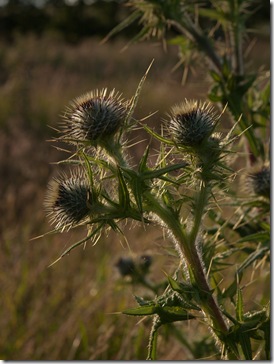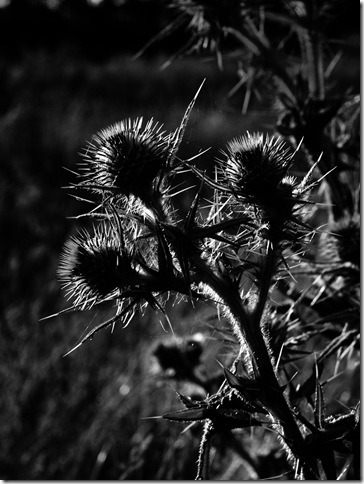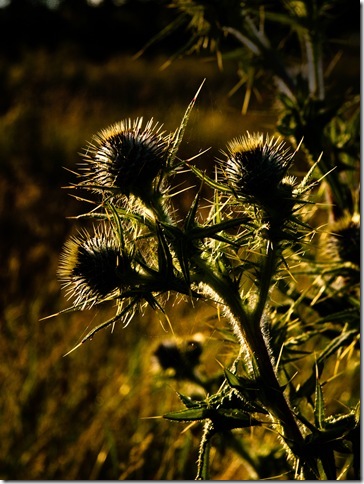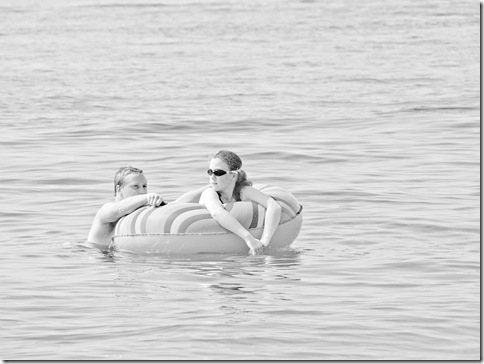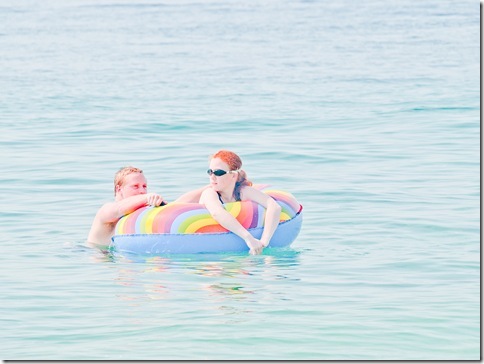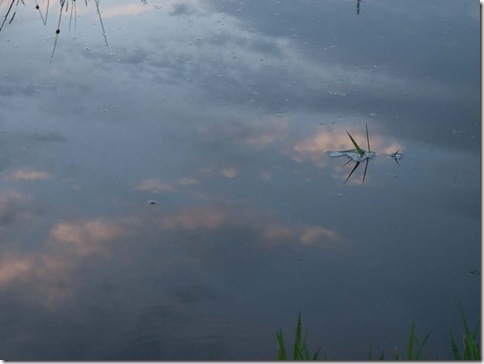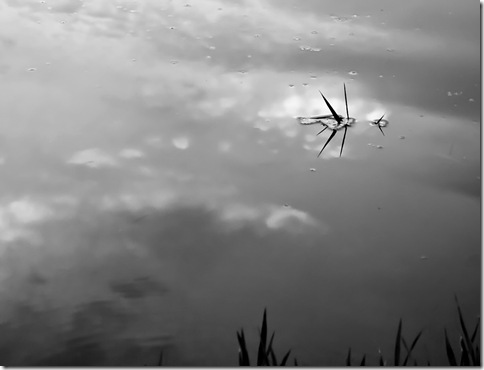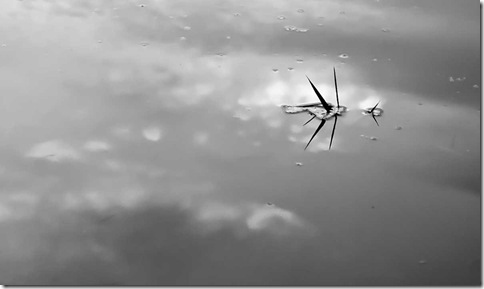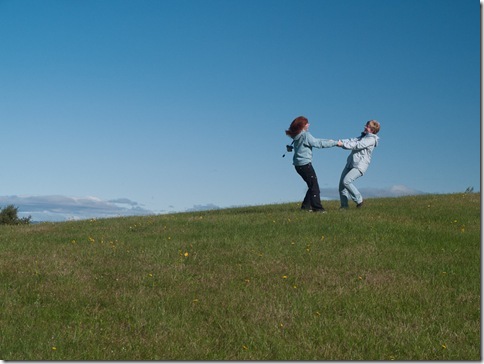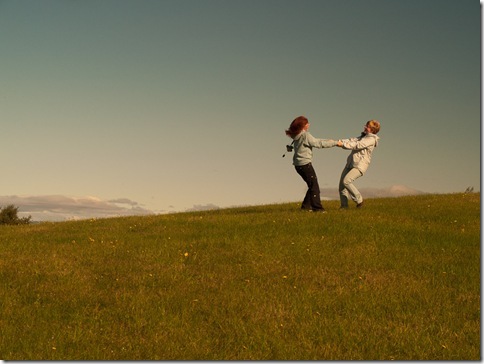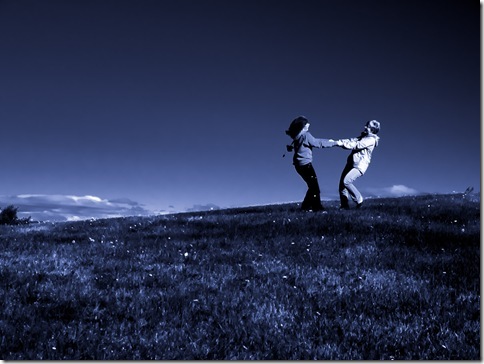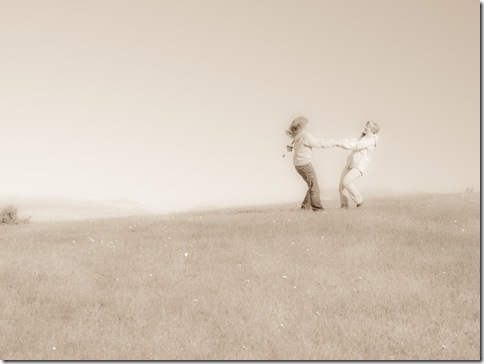Anyhow, I’ve decided to do a series of photo’s inspired by Ansel Adam’s ‘Rose and Driftwood’. it’s always been one of my favourites since I saw it at an Adam’s exhibition at the Barbican in 1987. Of course, having an inspiration and actually deciding what to do are different things, so I ‘ve scratched round the net for a while.
An obvious place to start was a search for black and white roses on Flickr. There are undoubtedly some nice shots there, although most of them seemed to be cropped quite a bit closer than the Adams shot, and lacked the contrasting textures which make it one of my favourites.
Then I came across this site, which says:
“A problem was posed by the lack of a suitable background and Adams tried all manner of objects without success. Eventually he remembered this piece of wave-worn ply driftwood that he had picked up at a nearby beach. The design of the grain of the wood was a very pleasing setting to the similar shapes of the rose petals.”So there’s my theme, I need to take myself through a similar process and contrast the rose with differing backgrounds. Without the costs of 5x4 sheet film to worry about I should be able to experiment quite easily. My thoughts for background include the local sandstone (which sometimes has a grain not dissimilar to the driftwood), a sheet of rusting metal (or wire – depending on the availability of props), shredded bark, a smooth reflective surface (I have a granite chopping board which might work), perhaps a finely textured fabric – I’m already up to five.
The other issue is lighting – I have a large west facing patio window – which given the current weather conditions will no doubt provide a nice diffuse light source, but whether that will pick up the finer textures of some of these backgrounds is something I’ll have to try.
Amazing how a bit of research and writing down my thoughts has crystallised them.
